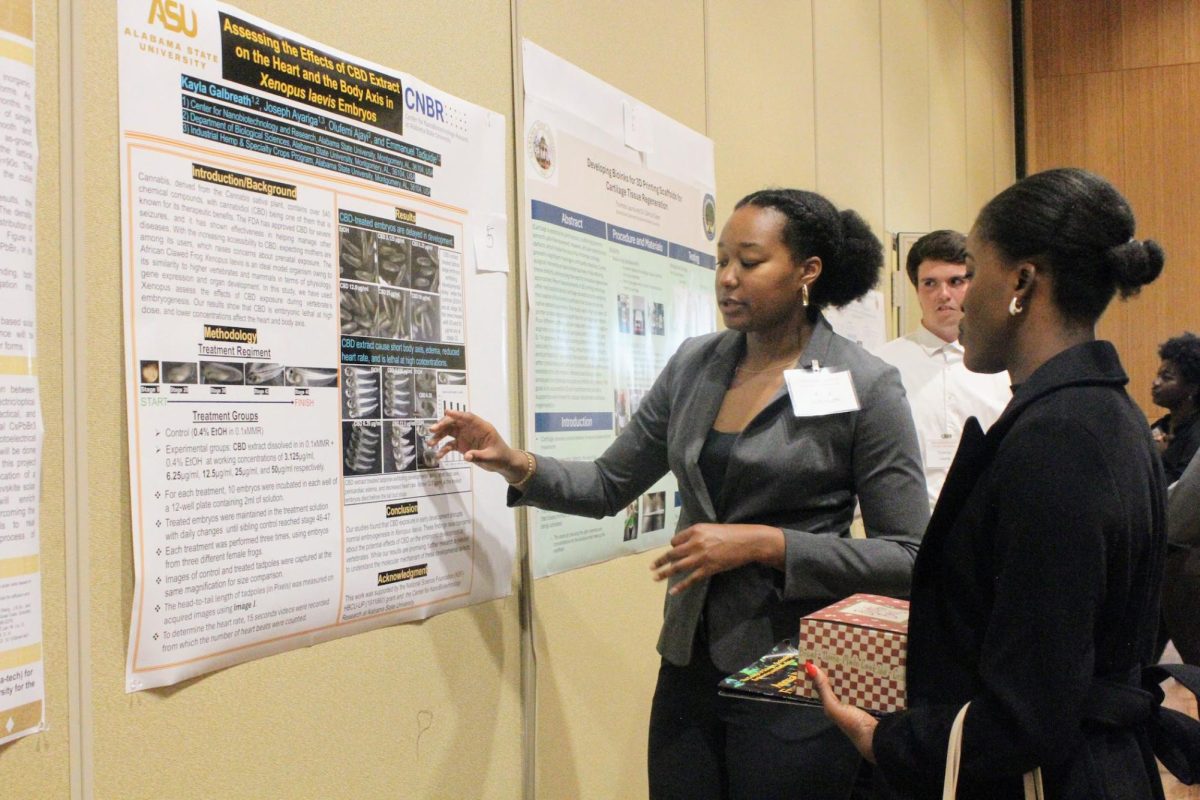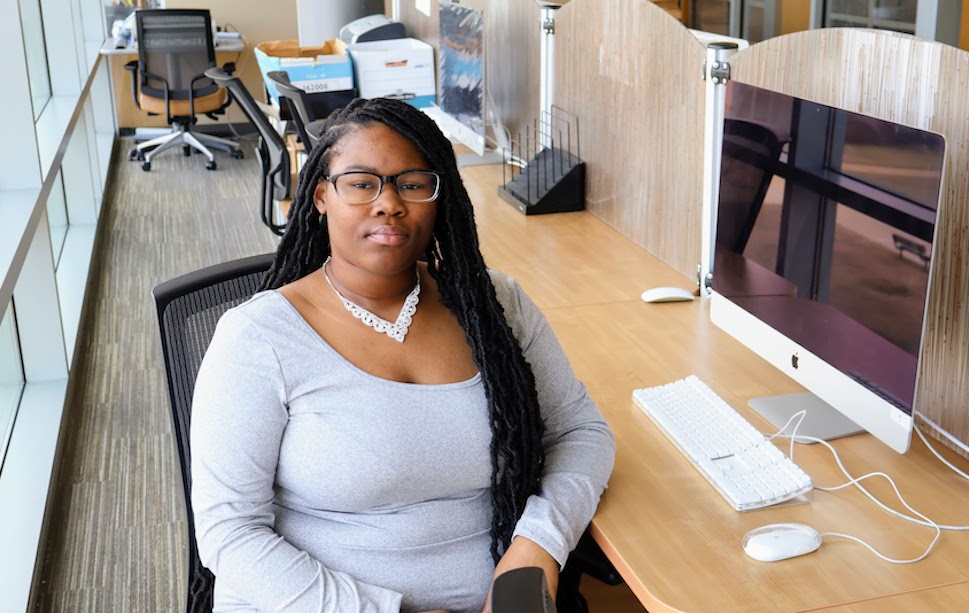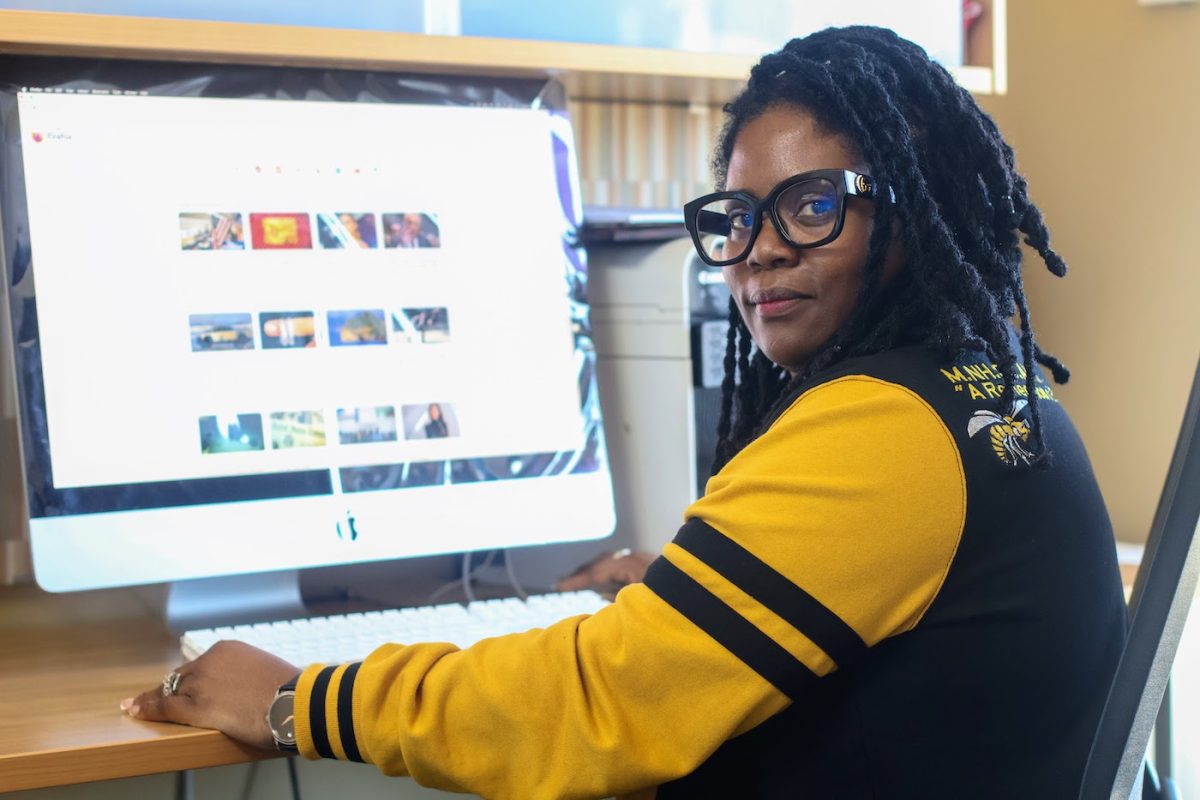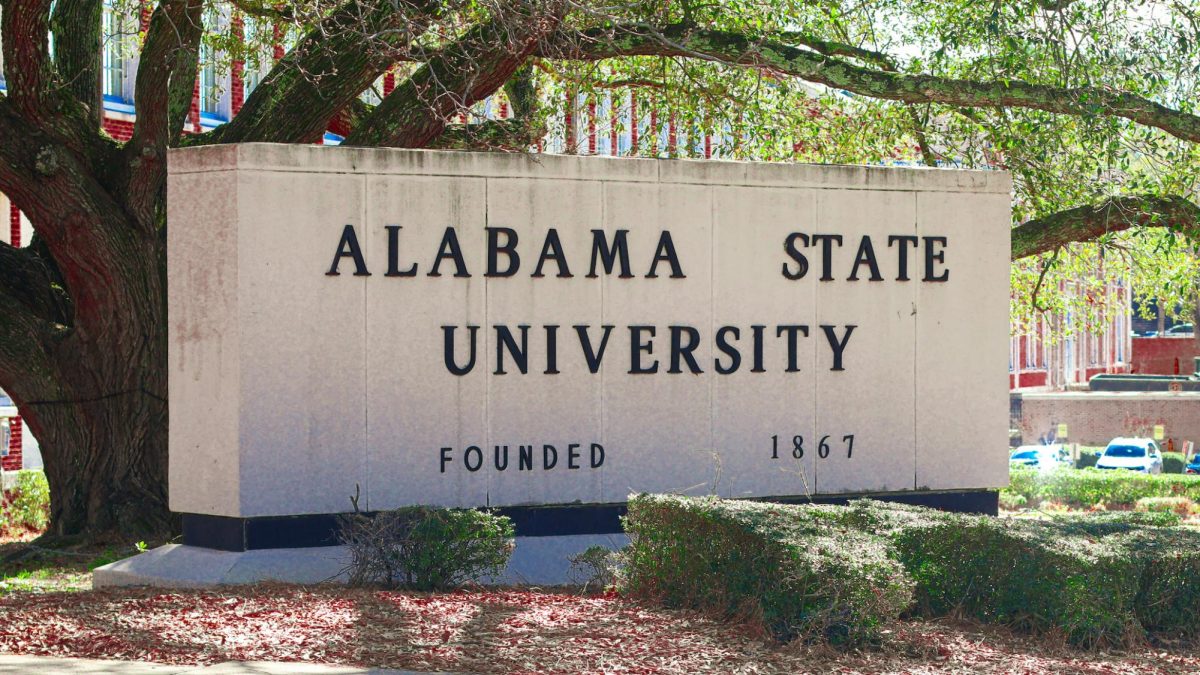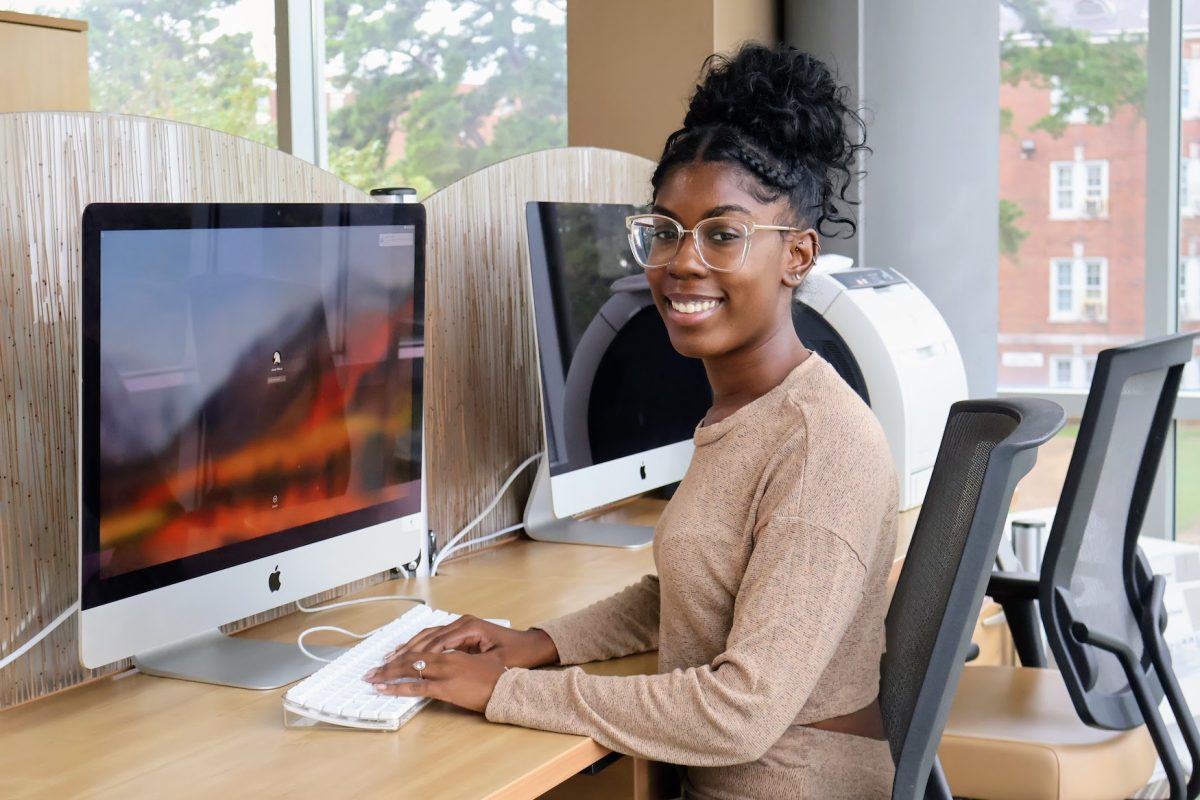Alabama State University has a rich history of more than 155 years; however, when it comes to housing and residential living, most residents feel that more can be done to make campus living more enjoyable.
Before I dive into this topic, and state my position on this issue, I would like everyone to understand that the university has faced systemic underfunding for 120 years of its 156 years of existence.
When the university was recognized as a state institution in 1874, its first state appropriation was $4,000 while the University of Alabama received $24,000 as its state apprpriation.
This pattern of discrimination in funding continued until a ruling from the 1995 Knight versus the State of Alabama desegregation case, where the late Judge Harold Murphy ruled that there was systemic underfunding, due to race, and that the university and the state of Alabama would have to make amends by giving Alabama State University and Alabama Agricultural and Mechanical University more funding in the future and remedy the discrimination.
Because of this ruling in 1996, the university has received extra funding, and during the early 2000s, a real effort was made to refurbish some of the residence halls. The refurbishing was made to some of the residences but not all of the residence halls. Almost 20 years later, those residence halls that were not refurbished are still occupied and students are forced to reside in the buildings.
These buildings need immediate attention.
My first example is Bessie Benson Hall, which was built in 1966.
The building, overall, is nice, but there are some problems in that building that need to be addressed. First, the movement of the elevator is scary. Once a student enters the elevator and presses the button, you will notice all of the buttons do not light up. Once the elevator closes, and the student gets to the desired floor, the elevator doors open halfway, the elevator jumps and then it opens completely.
All floors in Bessie Benson Hall have their own respective laundry rooms. Some of the washers and dryers on these floors do not work. Those machines that are not working pose an inconvenience for the residents who live on the floor.
The showers in Bessie Benson are tiny, in fact, you can hardly make a 360-degree turn in the showers. I understand the building was constructed almost 60 years ago, but the showers must be enlarged.
My second example is Charles Johnson Dunn Tower, an eleven-story building that accommodates six girls to a suite, who all have to share one bathroom. That one bathroom consists of one toilet, one shower and two sinks.
For six girls, Dunn Tower needs another toilet. A female may have to take two or three showers in a day to keep up with the warmer temperatures. Most of the time, students have to wait for someone else to get out of the restroom, which is terribly inconvenient. Also, Dunn Tower consists of too many females to not have all three elevators up and working.
Last spring, the university decided to close Willease S. Simpson Hall. This fall, the university decided to reopen Simpson Hall, due to a lack of housing for students who desired housing.
Simpson Hall houses one student per room which is great for those students who desire their own space. The only negative is the community bathrooms on each floor.
The men often complain that the condtions of the bathrooms could be better. The community bathroom flooring in Simpson is gross and needs immediate attention. Because of this, the bathroom should be renovated, as well as the ntire building. This residence hall does not have elevators and elevators are necessary for those who will need those kind of accommodations.
In Martin Luther King Hall, the elevator shakes so much and bounces when you arrive on the floor, which is dangerous. The air conditioning in the building during visitation last semester never worked, which was horrible for the students who reside in the building and the students who were visiting.
Martin Luther King Hall has leaks and there are other problems that need to be addressed.
In conclusion, I have to be fair and say that the university is addressing some of these issues, and I also understand that it takes money to address all of these issues. However, most students who decide to reside on campus are not aware that the university is aware and is working to make residential life better. Maybe a large gathering in the Acadome for all residential students to let them know what they are working on will make them feel comfortable about where they choose to lay their heads.





